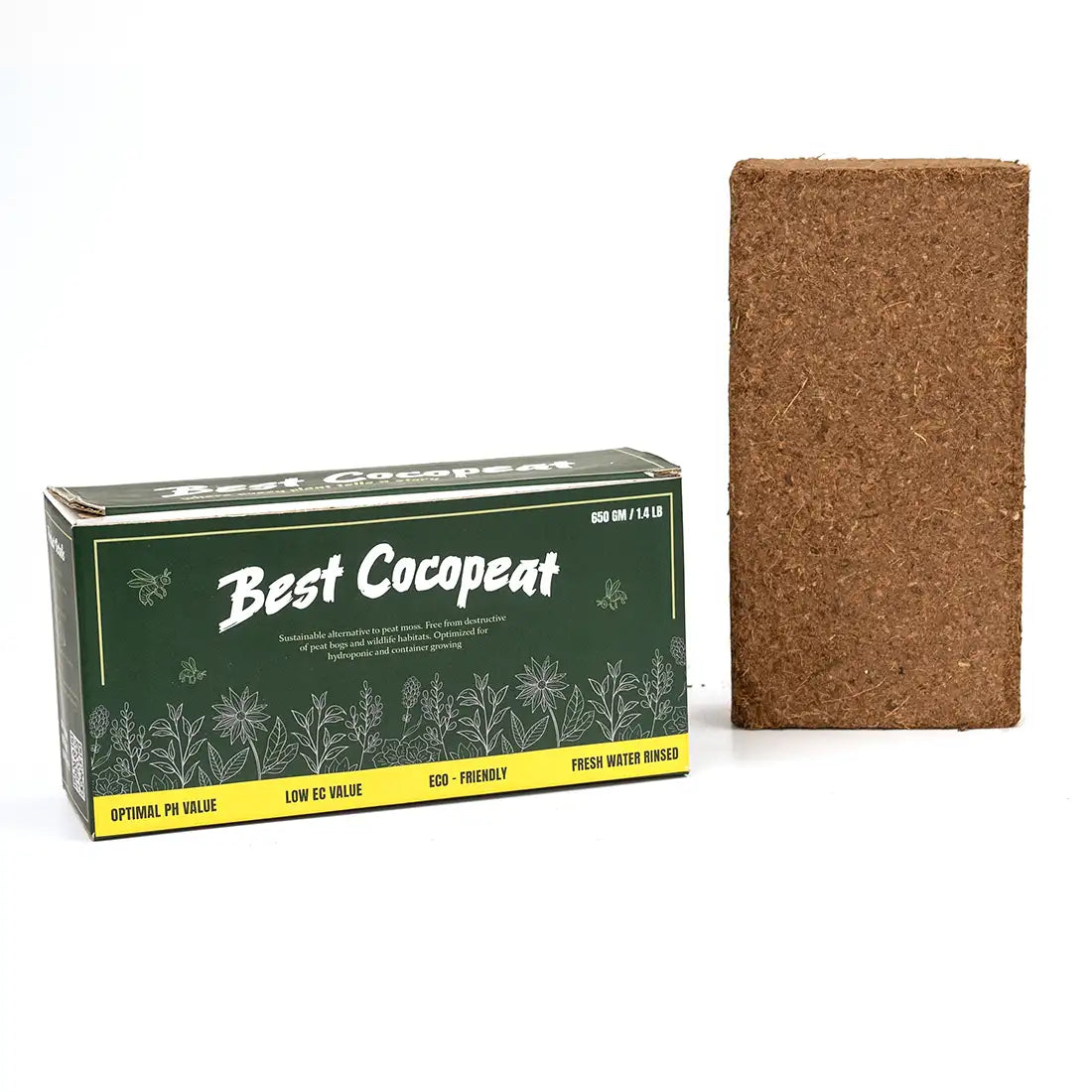Great! I’ll focus on researching and providing you with detailed steps on how to properly prepare and use coco coir for mushroom cultivation. Here’s an overview of the process and tips based on existing guides and practices:
Preparation and Use of Coco Coir for Mushroom Cultivation
-
Understanding Coco Coir as a Substrate
Coco coir (or cocopeat) is a popular substrate for mushroom cultivation due to its moisture retention, resistance to contamination, and sustainability. It's commonly used with other ingredients like vermiculite or gypsum to create an ideal growing environment for mushrooms. -
Types of Coco Coir
Coco coir comes in various forms such as bricks, loose fiber, or chips. Bricks are the most common form for mushroom growers as they are easy to store and expand when soaked in water. Your blog can explain which form is most beneficial and why your product stands out. -
How to Prepare Coco Coir
-
Step 1: Break the Brick
Coco coir bricks need to be hydrated before use. Place the brick in a large container or bucket. -
Step 2: Hydrate the Coco Coir
Add about 5-6 liters of hot water to the brick and allow it to soak for 20-30 minutes. Hot water helps with pasteurization, which eliminates potential contaminants. You can stir the mixture occasionally to help break it apart and ensure even hydration. -
Step 3: Fluff the Coir
Once the brick is fully hydrated, the coco coir will expand and can be fluffed into a loose, airy substrate. Make sure it's consistently damp but not overly wet. You’re aiming for a “field capacity,” meaning when squeezed, it should release just a few drops of water.
-
-
Sterilizing the Coco Coir (Optional)
Though coco coir is naturally resistant to contamination, some growers prefer to sterilize the coir for extra protection. This can be done by baking it in an oven or using a pressure cooker. Alternatively, using boiling water during hydration can pasteurize it enough for most growers' needs. -
Mixing with Other Substrate Materials
Coco coir is often mixed with vermiculite (for aeration) and gypsum (for calcium supplementation). The common ratio is 50% coir, 25% vermiculite, and 25% gypsum, though this can vary depending on the mushroom species. -
Filling Your Mushroom Growing Containers
Once the coco coir (or your substrate mix) is prepared, it should be packed into your mushroom growing containers or bags. Make sure the substrate is evenly spread out and lightly packed to avoid compacting, as mushrooms need airflow for proper growth. -
Inoculation and Growing
After preparing your substrate, it’s time to inoculate it with mushroom spawn. The spawn will colonize the substrate over time. Be sure to monitor moisture levels throughout the growth period, as coco coir holds moisture well but may need occasional misting to maintain the right humidity.
With these steps outlined, we can then highlight why your brand’s coco coir is the ideal choice—such as ease of use, purity, and consistent quality for mushroom growers.











